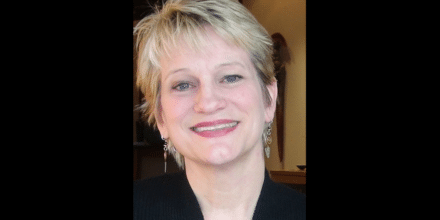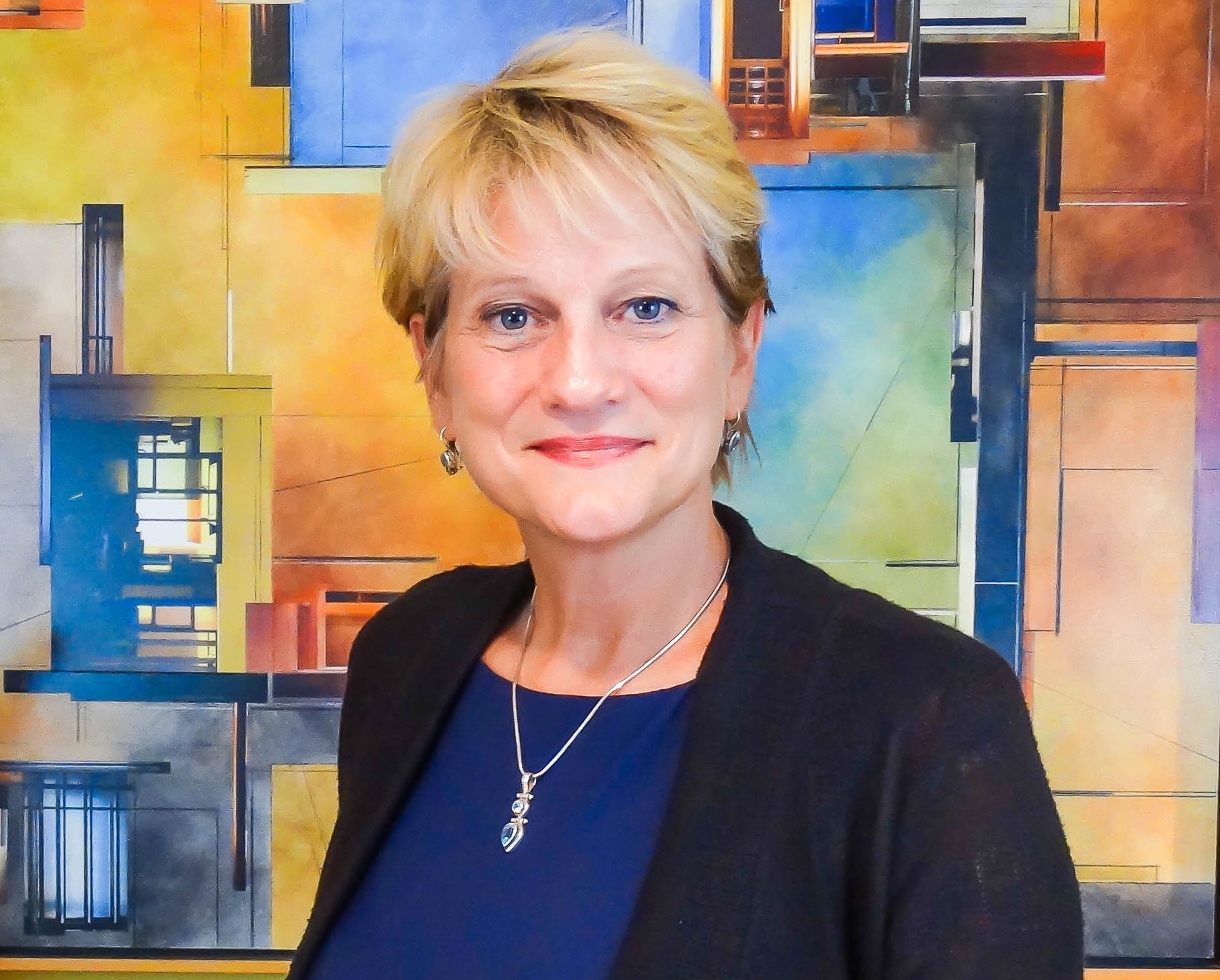How can an artist ensure that their art career is a sustainable enterprise long into the future? Carla Crawford is a figurative painter and Business Accelerator Program participant. She works in the classical tradition and focuses her latest works on displaced migrants.
In this nearly hour long show, Carla addresses the importance of making your art career sustainable, how to address lags in sales, and the cross-pollination of traditional and contemporary. This is such an incredible talk that the topics are best expressed as quotations from Carla herself:
Establishing a Sustainable Art Practice:
- “We all want to spend all our time in the studio, but how are you going to sustain that over your lifetime? It’s such an important thing to be able to master.”
- Mastering the business side of art is “a completely different scale from what you’re doing in the studio, but it’s essential.”
- On starting over after completing a solo show or big project: “I think it comes back to that idea for me of having a sustainable practice. Obviously, I want to be working as an artist for my whole life.”
- On formulating a business strategy: “how I run my business has been based on advice from other artists, which is, of course, priceless. People who have gone before you and tell you how they’ve made it work.”
- “You have to figure out how you’re going to tailor your business to make it work for you.”
- “Business training is essential to making your practice sustainable.”
Sales:
- “When you create, you try and create with that authentic spirit, where you really are just engaging with what intrigues you, but then, of course, you do have to switch mindsets and think in that business mode, again, if you want it to be sustainable, if you want to be able to do work that can sustain itself.
- “Sometimes things sell like hotcakes and sometimes they don’t.”
- “It’s all about just finding a new audience and finding the right audience for a painting to move.”
Cross-pollination between Traditional & Contemporary:
- “I don’t think that I really came up with a branding strategy when I started out as an artist. I think that’s not exactly what draws you to being an artist.”
- “Studying realistic painting, studying these traditional methods is this counter-cultural choice, but there’s so much in the art world at large to learn from and grow from.”
- “There’s 2 different brands, 2 different modes of thinking, where one is the studio brain, where you’re thinking, you’re in the creative mindset, and the other one is the business mindset.”
Honing Skills with the Business Accelerator Program:
- “I really appreciate that there’s this training with Clark Hulings of the business side of your art career. “
- “I was trained in layering paint, in anatomy, in underpainting and traditional drawing methods. Running a business and learning how to make your art business sustainable, that’s a whole other skill.”
- On Business Accelerator Program workshops: “I’ve loved just being able to participate in the community, taking part in the classes, the business support. It’s so helpful and I do think it’s something that I need that training as I’m moving forward.”
Ateliers, Residencies, & Arts Education:
- To determine your desired art career path: “You have to go out and figure out where you’re going to get the skills you want to have.”
- “I decided not to do a traditional MFA program simply because I wouldn’t be getting those figurative skills that I wanted to have.”
- “I wanted to spend 8 hours a day in front of the figure doing intensive anatomy, study of the physics of light, studies of traditional drawing methods. I couldn’t necessarily get that in a more traditional program or a normal program.”
- “As a painter, your studies are never done. There’s so much to engage with, to study with. It’s such a rich tradition. There’s so many methods, so many techniques.”
- “When you work in the private studio of a master artist like that, it gives you insight into the whole artistic process.”
- “Residencies are wonderful because they just give you the time and connections.”
Teaching:
- “I find that teaching, it just naturally leads into my work into the studio.”
- “It’s a way for me to verbalize techniques; it’s a way for me verbally work through methods that we use in the studio. It also gives me this social element.”
- “I find my students’ work inspiring… they’re so excited. They still come up with approaches to work that I haven’t thought of.”
- “I can bring my students’ excitement back to the studio and feel invigorated coming back to my work in the studio, when I’m ready to get back to my own painting.”
- Advice to students: “There’s no set path in the arts. You always have to find your own way… that’s why support is so important and why organizations like the Clark Hulings Foundation are so important.”









Hi i don’t know if it’s just me but they is no podcast attached to this article, which is a pity as it seems very interesting
Hey David, thanks for calling this out! The podcast is now attached to the written post, and I hope you enjoy!